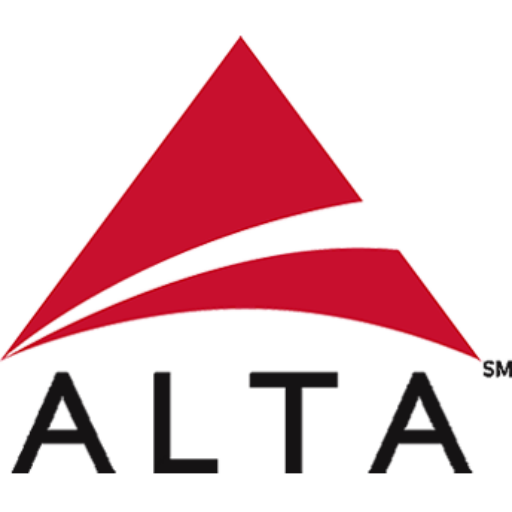September 30th — the feast-day of St. Jerome, patron saint of translators, was originally instituted as Translation Day by UNESCO upon the request of the International Federation of Translators (FIT) twenty years ago.
Every year, FIT suggests a theme for the occasion in order to get translators around the world thinking and writing about a unified topic related to an aspect of the profession. The theme for 2009 is Working Together. In the weeks leading up to Translation Day, translators and other language professionals who blog, tweet, and keep in touch via other social networking tools can participate by contributing their thoughts to the international discussion. FIT even provided prompts for all of us to think about in the official statement, which I’ve reproduced here:
Working Together
The 2009 theme for International Translation Day invites translators around the world to
take a fresh look at why and how it pays to join forces.
The days of the fiercely solitary translator working in splendid isolation are numbered, say
many industry observers. Not that massive collectivization is in sight: in this language sensitive
profession—or, more accurately, set of professions—a large share of added value
remains intensely personal.
But technology and changing markets have broken down barriers. Today translators from
around the globe can plug into a truly worldwide conversation that casts new light on
traditional ways of working—and creates new opportunities. Even as the arrival of more
demanding clients, more complex projects and tighter deadlines underscores the advantages
of exchanging ideas, information and best practices.
Consider:
Personal interaction between translation providers and buyers leads to better
understanding of a text’s purpose and increased awareness of the impact an outstanding
translation can have. From literary and technical translation to interpreting, terminology,
subtitling and more, there’s no doubt that clients who get involved in the translation
process—be they across the road or five time-zones away—make for better quality texts, and,
ultimately, better working conditions.
Q: How can translation users best be brought into the process?
New translation standards emphasize the importance of revision. At its most basic, this
means four-eye review, but in practice far more people can be involved.
Q: Are too many cooks spoiling the soup, or is revision an opportunity for stimulating exchange among peers?
Multilingual projects are on the rise, encouraging coordination and interaction
between language teams; a solution found in one language pair may provide insights for
partners around the globe. And as more and more projects require linguists to join forces,
project management has taken on new importance.
Q: How can translation providers adopt, adapt or create methods for working together quickly and efficiently?
Practice meets theory meets information management: increasingly, translators and
interpreters draw on the work of terminologists and, in some cases, academics, to better serve
monolingual exporters and publishers, promote cultural exchange and enrich scientific debate.
Q: How can the insights of this multitude of players, who once worked in relative isolation, be
harnessed to best effect?
For professional associations and other bodies serving the translation industry, access
to once-remote contacts has never been easier. Cross-border contacts are an email away, and
networking expands the reach and influence of institutions in ways that past generations of
linguists could only dream of.
Q: How are the most innovative associations using these new resources to raise professional standards and enhance their clout?
These and other challenges will be in the spotlight in 2009, as participating associations
examine how “Working Together” in new ways, both formal and informal, can enhance
translators’ ability to use the power of language to help people around the world live, learn
and work together.
The International Federation of Translators is the world federation of professional
associations bringing together translators, interpreters and terminologists.
Above photo depicts the UNESCO Headquarters in Paris.
